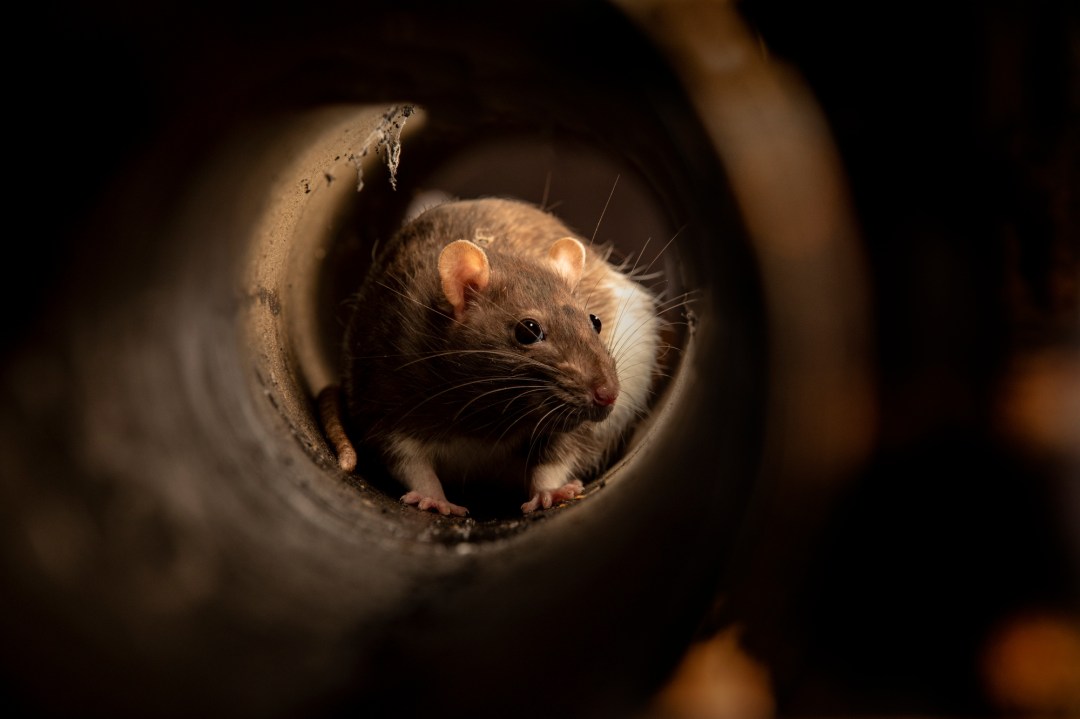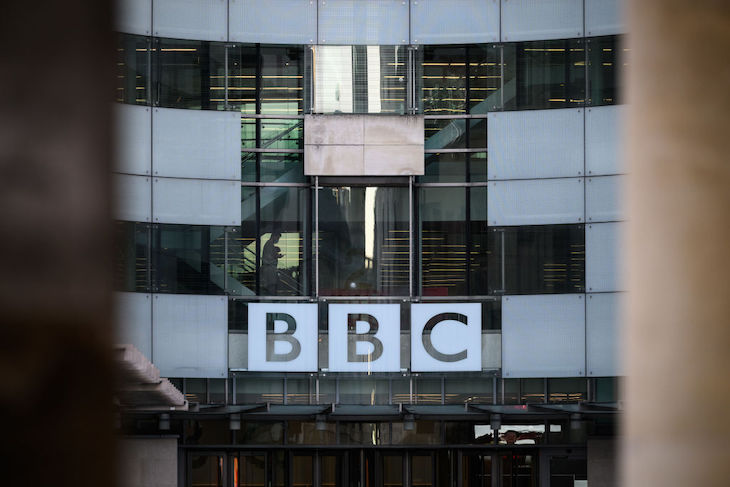Reports of rats in Birmingham that are ‘bigger than cats’ are now making international headlines. The New York Times, NBC News and CNN have all weighed in on the city’s rodent problem, as the strike action by bin workers rolls on.
Rat panic seems to be setting in. An MP said the rodents are ‘dancing in the streets’ of Birmingham, the Telegraph reported that a man’s Mercedes was ‘completely written off’ by rats and there have been fears about ‘nuclear rats’ overrunning the Hinkley Point C nuclear reactor in Somerset. ‘You see them just sat there, looking at you,’ a source at the plant told the Observer.
Meanwhile, animal rights group PETA has written to the Cambridge Dictionary requesting the removal of its ‘harmful’ entry for ‘rat’ – which the dictionary associates with deceit and disloyalty.
Are we perhaps losing our minds a bit? Not many people relish having a rat anywhere near them and my heart goes out to the people of Birmingham. The thought of oversized rats crawling around the growing mountains of uncollected rubbish must be absolutely terrible, particularly for parents of young children.
None of us should underplay what’s going on in Birmingham – but we shouldn’t add to the panic, either. Rats were blamed for the spread of plague during the Black Death, but a study in 2018 suggested otherwise. Researchers from the universities of Oslo and Ferrara suggested that human fleas and body lice were responsible for the outbreaks in Europe.
Other researchers have found that rats are intelligent, social and empathetic creatures. They enjoy being tickled so much that it makes them ‘laugh and jump for joy’, says Science. They love to swim and they spend several hours a day grooming themselves and their companions. They bond beautifully with the people who keep them as pets.
Despite their portrayal in popular culture, rats are not plotting the downfall of humanity, but they do create a few problems for us. They can damage property, spread diseases and scare people. They can be noisy at night, they sometimes prey on small pets and they can breed at an astonishing rate.
But we create big problems for rats, too. Of the 2.68 million lab experiments on living animals in Britain in 2023, 9.8 per cent of them were on rats. These cruel tests see them shocked, burned, near-drowned, and forced to ingest chemicals before being killed, often producing results that are of little, or no, scientific use.
The media loves to panic about animals. In the 1990s, headlines about ‘dangerous dogs’ prompted a rushed piece of legislation called the Dangerous Dogs Act. Soon, utter madness was breaking out: a pitbull was impounded because its owner removed its muzzle so it could vomit without gagging, and a boxer-collie cross (named Woofie) was sentenced to death for barking at a postman. Luckily, he was later reprieved.
We’re just months away from the annual summer shark panic, with the usual reports about the dangers of ‘shark-infested waters’. Humans kill around 100 million sharks every year, but sharks kill very few of us – just seven people worldwide in 2024. So which species is the killer?
Last summer, it was cows that were the problem. ‘Are these the UK’s most dangerous animals,’ asked the front page of the Guardian, and the Daily Star ran a horror story about ‘mooing killers’. Killers? This was rich coming from us: every year cows kill around five humans but humans kill around 2.8 million cows.
Rats are one of nature’s most vilified beings. Squirrels can do much more damage to our homes but we don’t shriek if we see one on the street. Pet cats are more likely than rats to make you ill if they’re not wormed regularly because they carry lots of parasites that can be transmitted to humans, but most of us stroke cats happily. Let’s give rats a break.








Comments